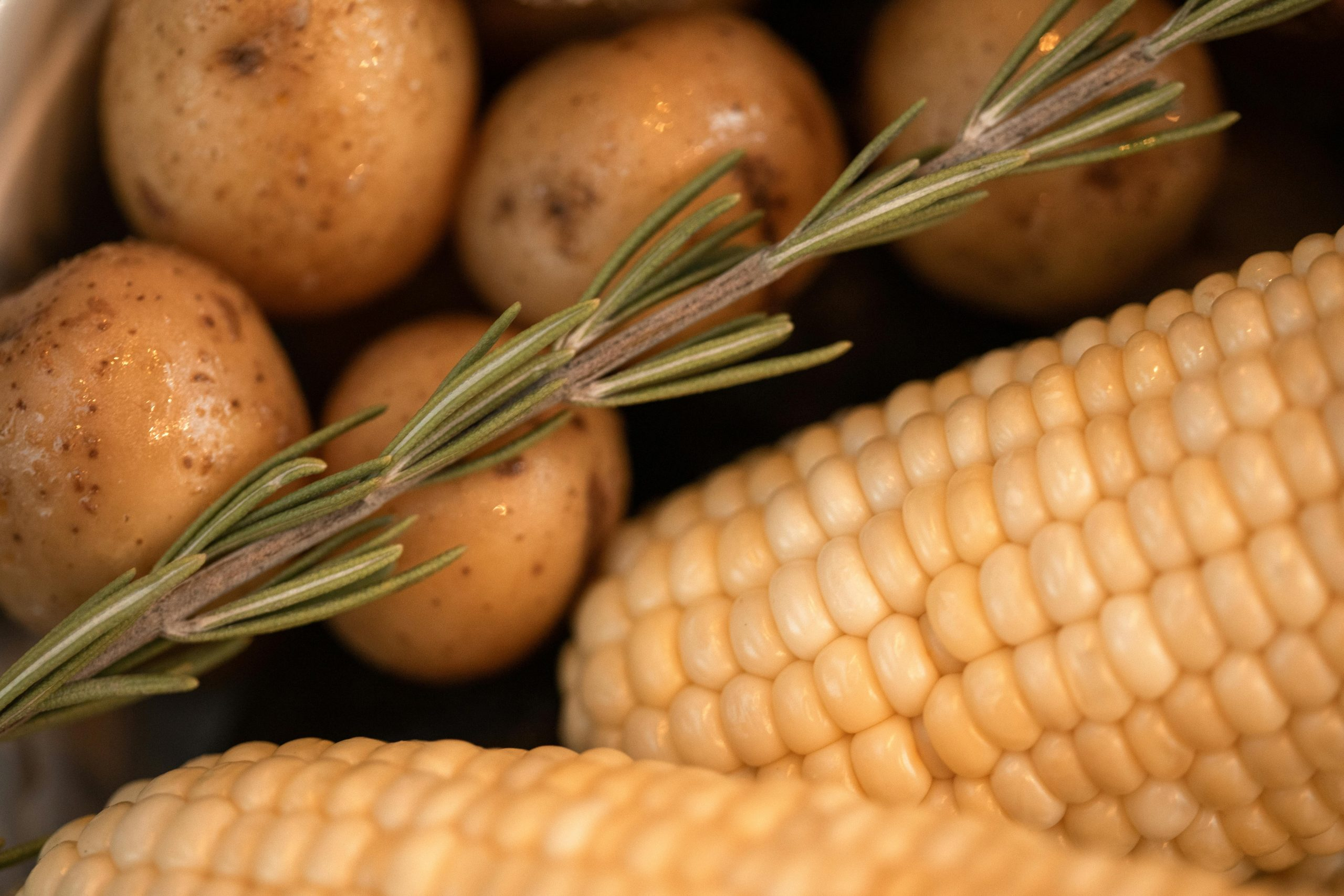Cooking with Local and Seasonal Produce Year-Round
As we become more aware of the impact our food choices have on the environment and our local communities, the popularity of cooking with local and seasonal produce has grown. Not only is it a sustainable choice, but it also allows for a deeper connection to the food we eat and the land it comes from. But what happens when the seasons change and the winter months roll in? Is it still possible to cook with local and seasonal produce year-round? The answer is yes, and in this article, we will explore the benefits and strategies for cooking with local and seasonal produce throughout the year.
Why Cook with Local and Seasonal Produce?
Before we dive into how to cook with local and seasonal produce year-round, let’s first understand why it’s such an important concept. When we cook with local produce, we are supporting our local farmers and strengthening our community’s economy. Additionally, locally-grown produce is often fresher and more flavorful, as it doesn’t have to travel long distances to reach our plates. And let’s not forget the environmental benefits of reducing the carbon footprint associated with food transportation.
As for seasonal produce, it’s important because that’s when the fruits and vegetables are naturally at their prime. Eating seasonally ensures that we are getting the most nutrients and flavor from our produce. It also encourages us to eat a diverse range of fruits and vegetables throughout the year, providing a well-rounded and balanced diet.
Strategies for Cooking with Local and Seasonal Produce Year-Round
1. Get to Know Your Local Produce
The first step in cooking with local and seasonal produce year-round is to familiarize yourself with what grows in your area and when. This will require a bit of research, but it will pay off in the long run. Look into your local farmer’s markets, community-supported agriculture (CSA) programs, and even your neighbors’ gardens. Make a list of what produce is available during each season to help plan your meals accordingly.
2. Preserve Summer Fruits and Vegetables
Just because the summer months have come and gone, doesn’t mean you have to say goodbye to those delicious summer fruits and vegetables. By preserving them, you can enjoy them all year long. Some easy methods for preserving include freezing, canning, or dehydrating. Stock up on fresh berries, tomatoes, and peppers during the summer and use them in recipes throughout the winter.
3. Experiment with Different Cooking Methods
When we think of cooking with fruits and vegetables, we often default to the traditional methods of boiling or steaming. However, there are many other ways to cook produce that can bring out unique flavors and textures. For example, roasting root vegetables brings out their natural sweetness, while grilling intensifies the flavors of fruits like peaches and pineapple. By experimenting with different cooking methods, you can create new and exciting dishes using in-season produce.
4. Try New Recipes
Cooking with local and seasonal produce also means being open to trying new recipes. Embrace the ingredients that are in season and seek out recipe inspiration from cookbooks, food blogs, and social media. This can help expand your culinary skills and add variety to your meals. Who knows, you might discover a new family-favorite dish.
5. Use Frozen Produce
While fresh produce is always preferred, frozen produce can be a great alternative for those hard-to-find or out-of-season fruits and vegetables. Frozen produce is often picked and frozen at its peak, retaining its nutrients and flavor. It’s also more convenient and can save you time in the kitchen. Just make sure to check the label and avoid frozen fruits and vegetables that have added sauces or preservatives.
In Conclusion
Cooking with local and seasonal produce year-round may require a little extra effort, but the benefits far outweigh the challenges. Not only will you be supporting your local community and the environment, but you will also be creating delicious and nutritious meals using fresh, in-season ingredients. So next time you’re planning your meals, remember to consider what’s in season and try incorporating some of these strategies to make the most of your local and seasonal produce.











